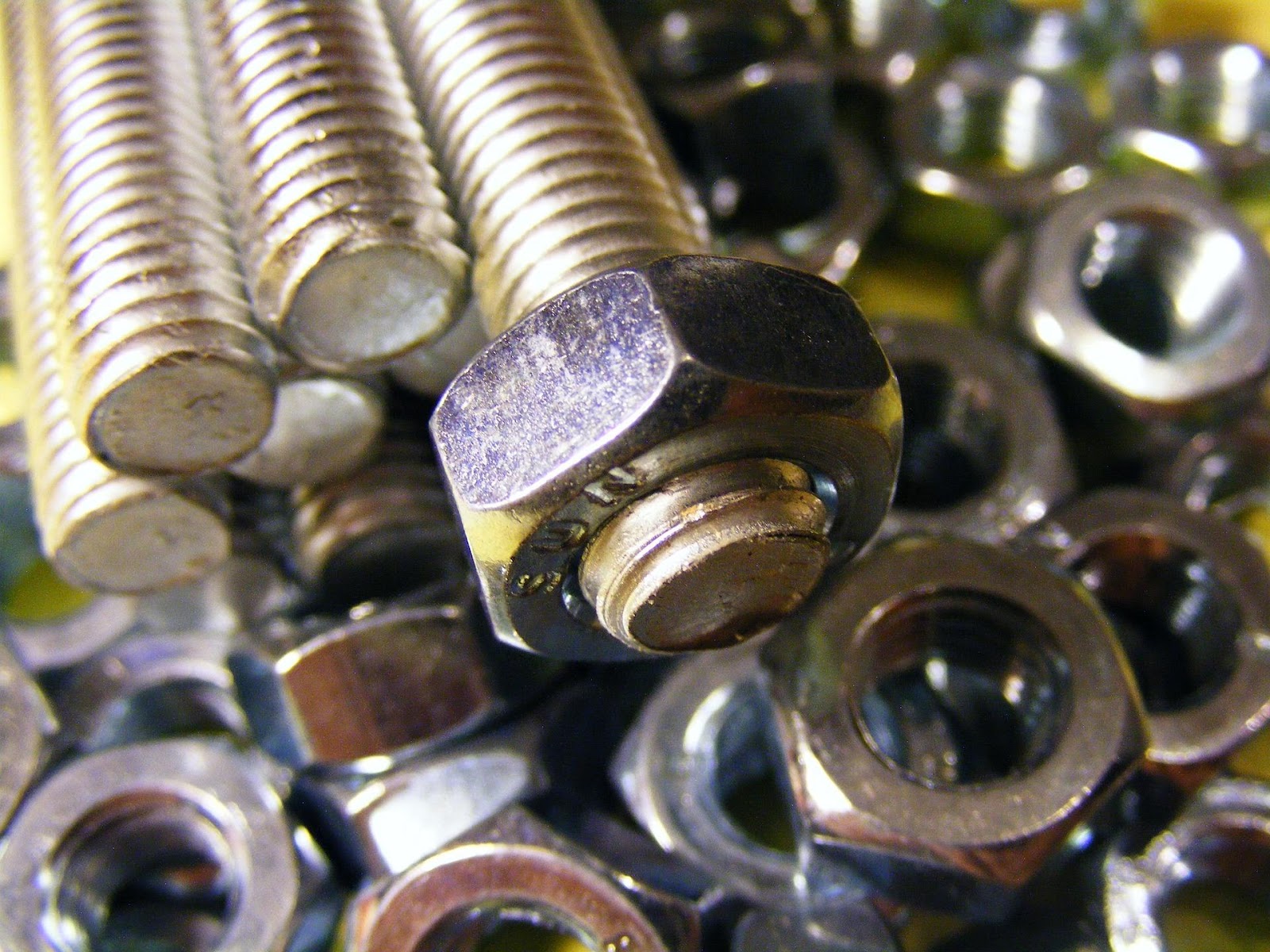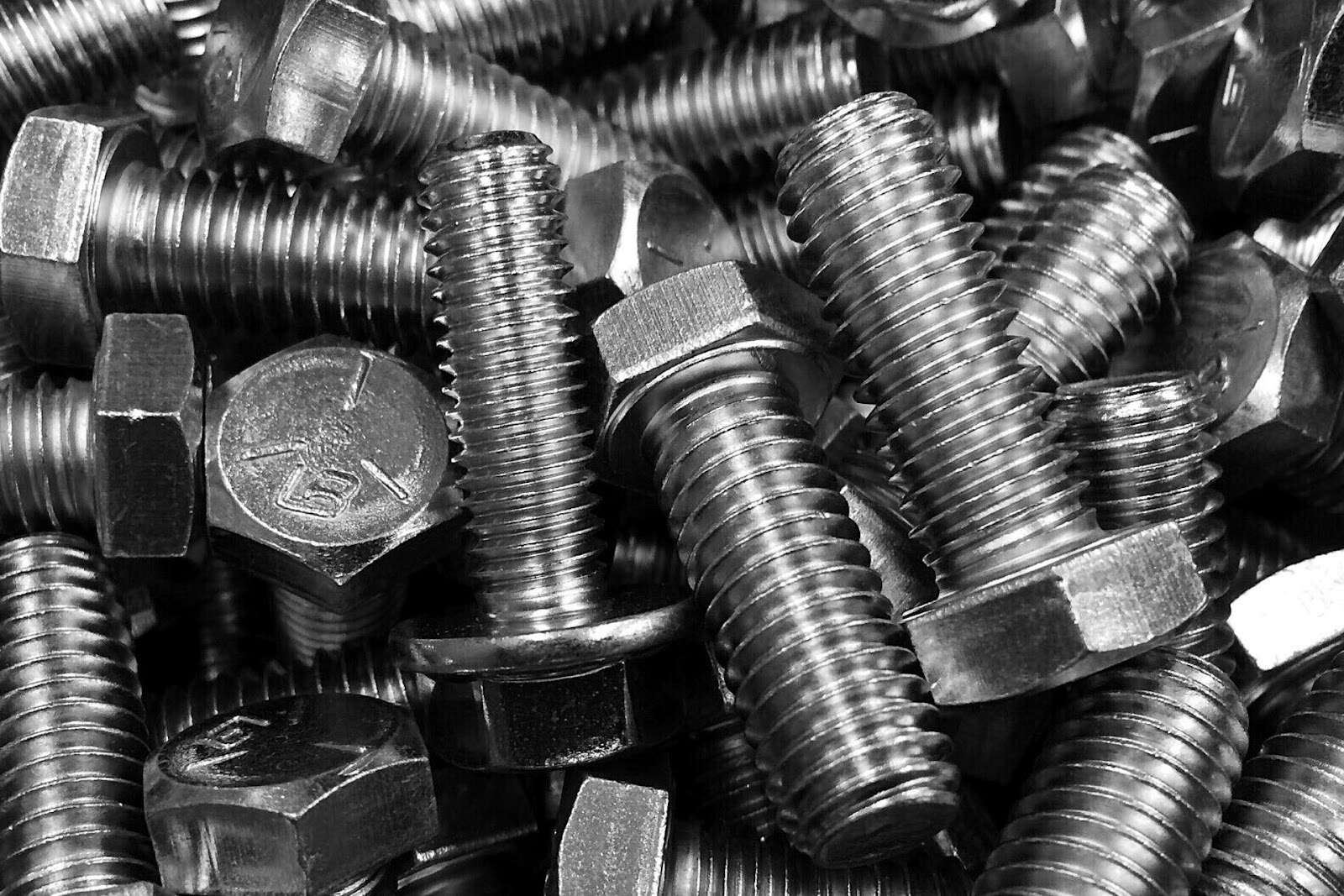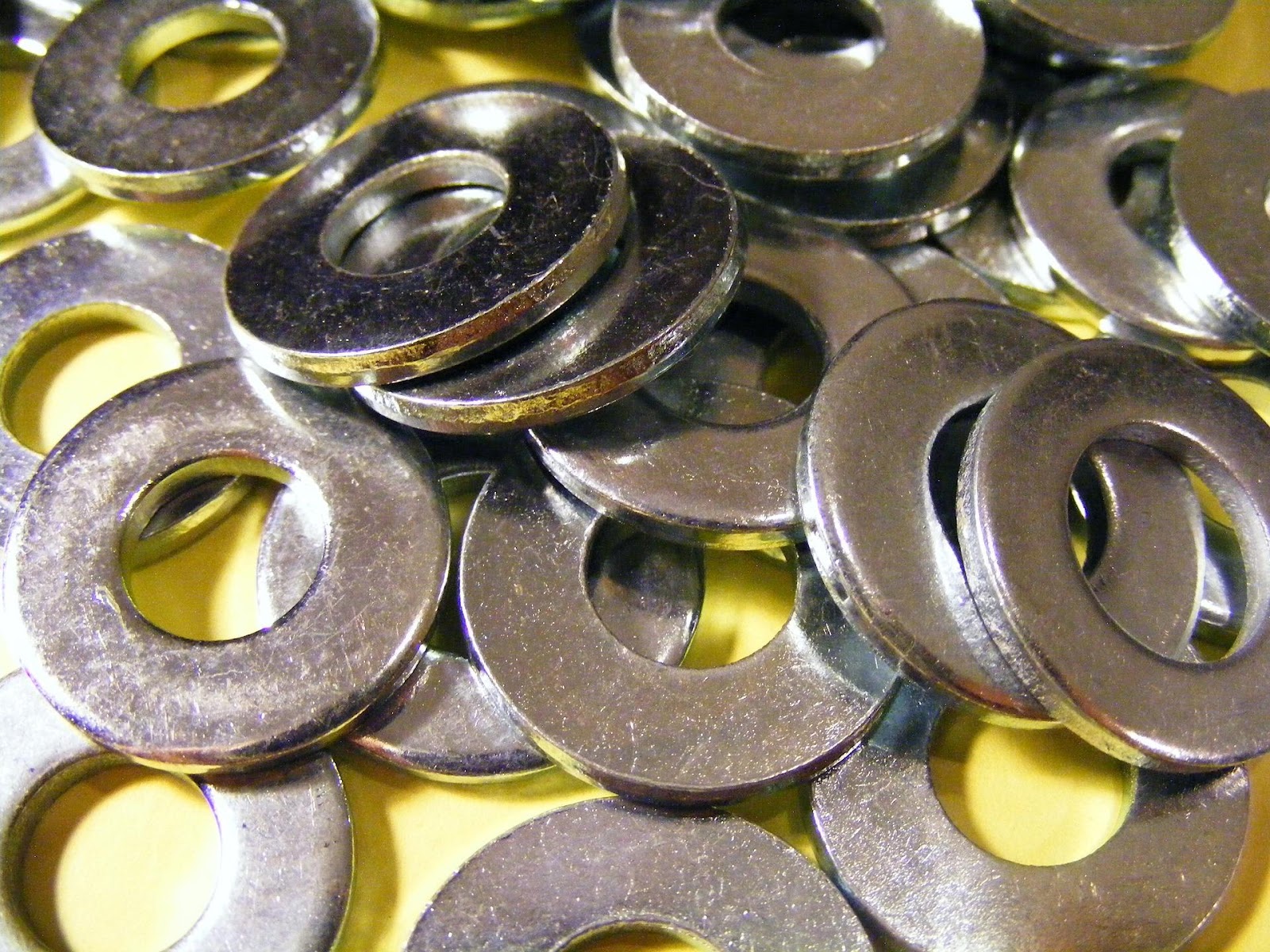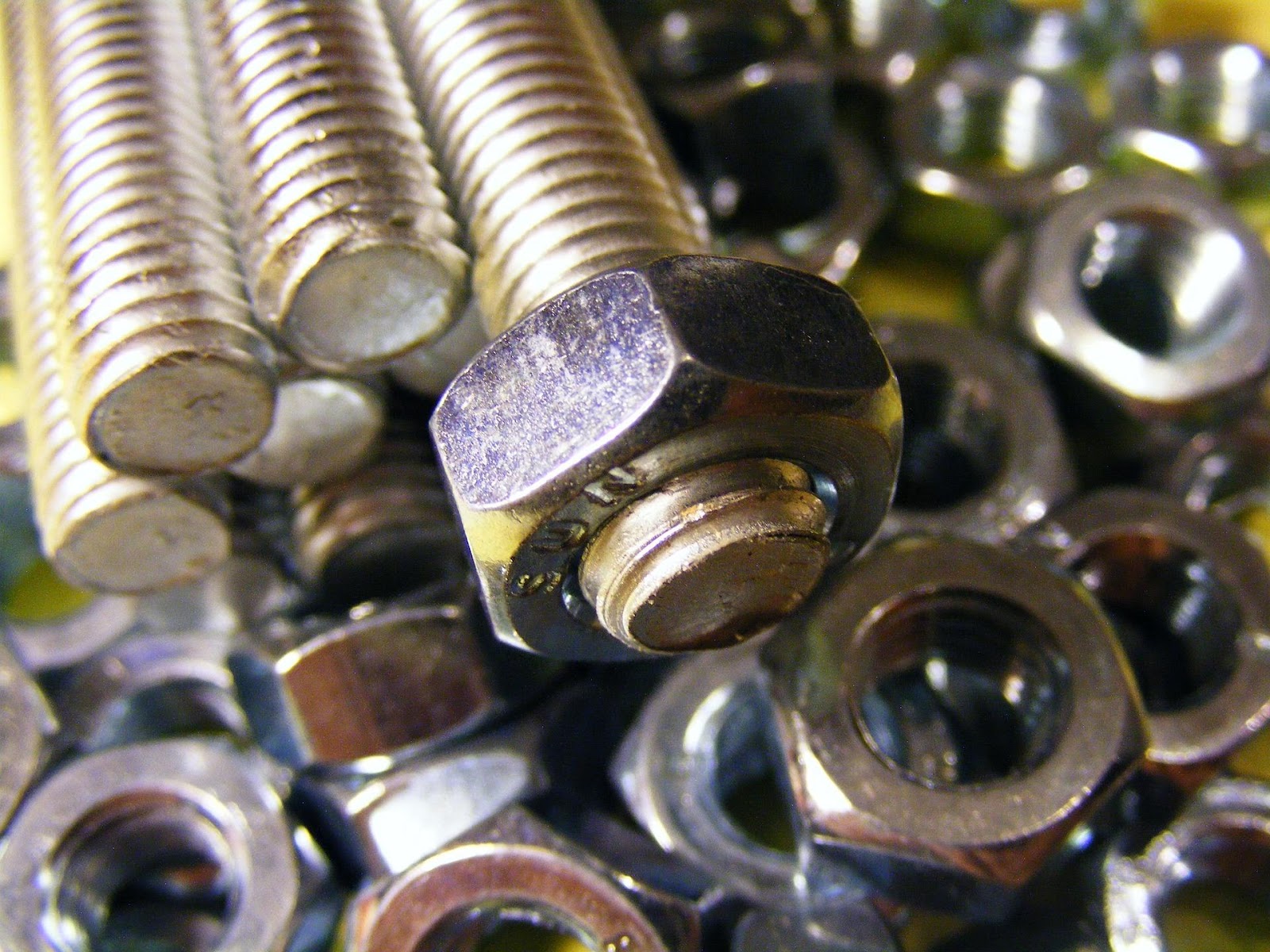Choosing The Best Material For Your Fasteners
Fastenings come in a broad range of specifications, but whether you use a bolt, screw, rivet, peg, clamp, or any self-clinching hardware, choosing the suitable material is crucial. For instance, selecting a fastener composed of steel can significantly impact the strength and longevity of the joint.

Most industrial fasteners are made of steel and stainless steel in various grades, some synthetic non-metals, and brass. Despite having highly particular uses in a limited number of industries, metals like titanium help make a fastener. Their materials are usually evaluated based on their mechanical characteristics, the possibility for post-fabrication treatments, cost-effectiveness, and several other secondary factors.

Factors To Consider
Fastenings usually are considered a low-priority Category C handling event in procurement. Still, if they are not managed appropriately, they can result in product complexity, wasted inventory, and higher project costs in the future.
Your procurement process will go faster and produce better results if you know some of the essential traits of the fasteners you buy. Here are five things you should be aware of when buying fasteners.
The Fastener's Primary Component
Choosing a suitable fastener material is crucial when considering variables like strength, brittleness, and corrosion resistance.
Nearly 90% of all fastener manufacturers, carbon steel and stainless steel are the most utilized materials. The automobile sector is dominated by steel, stainless steel, and plastic fastenings. Steel is still becoming more and more popular because of its high degree of malleability, durability, and tensile strength.
Marine conditions are where silicon bronze is most frequently employed. Its alloy has a higher level of corrosion resistance than stainless steel fastenings and is more durable in maritime engineering than brass. Bronze, however, may be highly costly, indicating that its uses are constrained, although it does have a very appealing look.
Fastenings can also be made of aluminum. Although they are softer than the materials listed before, they exhibit good corrosion resistance. This material is frequently employed when weight is a crucial factor in technical criteria.
Finishes
Typically, coatings are applied for two reasons: to increase or improve corrosion resistance or purely aesthetic and ornamental. The three most typical coatings for fastenings are zinc, hot-dip galvanizing, and chromium.
In most settings, galvanizing offers higher corrosion protection, but it is susceptible to rusting if the coating is broken or is exposed to moisture and extended submersion in water.
The fastener is covered in a thick coating of zinc thanks to electroplating. More excellent corrosion resistance is produced as a result, although galvanized bolts cannot be used with ordinary nuts due to the thickness of the coating.
Types
Although there are countless varieties of fastenings, bolts, screws, nuts, washers, clips, and pins are the most often used.
In each category, there are additional variants, and each application can call for the creation of a new fastener.
You can opt to develop your product utilizing standard off-the-shelf components or create your custom fastener best to serve your needs among these several fastener commodities.
Both tactics have benefits and drawbacks: Off-the-shelf parts are less expensive, but they might not be an excellent fit for your needs. Custom fastener engineering guarantees that parts satisfy the required specs, but it costs more.
Before creating new goods, the top engineering and supply chain teams collaborate to save factory inventory and enhance serviceability by limiting the number of fastenings to a predetermined list.
Sizing
Another distinguishing feature that will affect where you may get your fastening is size. Manufacturing capabilities in specific size ranges, such as M6 or bigger and M5 or lower, are frequently developed by fastener manufacturers. This is because various size ranges require distinct pieces of equipment.
What does "M" stand for in screw size? The "M" represents the primary or nominal diameter, the dimension of the screw's most outwardly projecting portion. Although there are many additional measures, including length, pitch, and thread size, this is often the measurement used to identify the general size of a screw.
Manufacturer
In contrast to many other fastenings, you can purchase components from many sources rather than the manufacturer directly. The latter is helpful if you need specialist fasteners or if your fastener requirements are overly large in terms of both volume and diversity. However, many manufacturers would decline to provide lower volume packages directly to their customers wholesale. It may provide a better deal if you search for different fastener kinds and sizes in the medium or low volume range.

What Kind of Material Would Be Ideal To Choose?
Typically, the mechanical characteristics, possibilities for post-fabrication treatments, cost-effectiveness, and other factors are considered when choosing fastener materials. However, the ideal material for your application relies on what and where the fastener is needed to connect. Choosing a sturdy material that can endure the temperatures and has high corrosion resistance for crucial applications exposed to intense temperatures or corrosive conditions is essential.
Aluminum
This material is one of the cheapest materials to use when creating fastenings, which also offers versatility. It's a widely used and reasonably priced material option that offers producers many options. It works well for applications requiring a lightweight, lower-strength material with strong corrosion resistance. Aluminum may have the strength of steel while weighing a fraction of it when mixed with other metal alloys.
Brass and Bronze
Tin and copper are the main components of the alloy used to make bronze, which is used to make fastening. Bronze is an excellent material for marine applications like shipbuilding or undersea construction due to its excellent corrosion resistance.
It has a similar reddish hue to copper but is more costly than most other fastening materials. The anti-corrosive and electrical conductivity qualities of brass, an alloy of copper and zinc, are comparable to those of bronze. However, brass has a lower tensile strength and is a comparatively soft metal. The hue of brass, which is golden-yellow, contributes to its attractiveness as a construction material.
The most popular copper-based alloy used to make fastening is brass, a mixture of copper and zinc. The most popular copper-based alloy is brass, which is reasonably cheap to buy and produce. Although it has a modest strength, it offers a respectable level of corrosion resistance. It offers adequate corrosion protection, is reasonably priced, and has acceptable electrical conductivity qualities. The corrosion resistance of the tin and copper alloy known as bronze is quite good.
Steel
Nearly 90% of all fastening produced yearly is made of steel, the most widely utilized material in fastener production. This metal's remarkable degree of formability, tensile strength, and durability contribute to its appeal. Steel is also more affordable to produce than other metal forms and is often easier to deal with. It may be produced without surface treatments but is often treated with zinc or chrome plating.
A standard fastener material, steel is available in many shapes and strengths, including alloy steel, carbon steel, stainless steel, and many more. Steel is a highly sought-after material for fastening due to its corrosion resistance and mechanical strength characteristics. The available mechanical strengths are up to 300ksi.
Titanium
One of the most excellent materials for fastener production is titanium, which has exceptionally high-impact applications. With its high degree of strength and outstanding resistance to corrosion and wear, titanium is regarded as the best material for making fastening. It offers minimal weight, a high degree, and incredible resistance to corrosion and wear.
Polymers
For technical purposes, engineered polymers provide particular features. Their safe operating temperatures generally fall between 100° C and slightly around 600° C. They also offer good tensile strength and strong corrosion resistance.
Ceramics
Ceramics are one of the materials that can tolerate heat, pressure, and corrosion the best. However, they are often not particularly robust; a slight over-torque will cause them to break. Because of their initial installation difficulty, they are avoided by most individuals.
Carbon Steel Bolt Grades
The most typical steel type utilized in creating fastening is carbon steel. For screws and bolts made of carbon steel, grades 2, 5, and 8 are usually the norm; alloyed carbon steel is a more expensive version of these metals. In a final product, their mechanical strength varies from around 50 ksi to 300 ksi.
Nylon
Lightweight synthetic plastic known as nylon is utilized in various fastening applications. It may be easily colored to fulfill aesthetic criteria, such as those required for replacing fastenings, and it has strong electrical and thermal insulating characteristics. It is also corrosion-resistant. Nylon, however, is susceptible to severe degradation at high temperatures and may lose strength at low temperatures. Additionally, because of its relatively low tensile strength, it is less useful for applications requiring high levels of physical stress.

Inconel 718
The nickel-chromium-molybdenum alloy family that makes up Inconel fastenings is known for its robust strength at high temperatures and excellent corrosion resistance. Due to its solid thermal stability, Inconel may be employed in service temperatures between cryogenic and 2200°F. Inconel bolts can endure a wide range of highly corrosive situations due to their high alloy composition. Inconel bolts are seldom ever attacked in moderate conditions such as the air, seawater, neutral salts, and alkaline media. In more corrosive environments, nickel and chromium resist oxidizing chemicals; however, nickel and molybdenum levels are high in non oxidizing environments.
Molybdenum
Molybdenum is a silvery-white metal that is highly ductile and corrosion-resistant. It is collected as a byproduct from the mining of tungsten or copper and readily forms compounds with other elements.
Although molybdenum is often used in commercial applications as an alloy, it is mainly found in trace amounts in missiles, engines, and electric heater filaments.
They retain strength when used as fastenings because they have a very high melting point of 2620 degrees Celsius, a high level of thermal conductivity, and a slow thermal expansion rate. They work well in high-temperature vacuum furnaces, glass manufacture, and military applications because they can sustain temperatures without appreciably altering form, expanding, or softening.
Tungsten
Tungsten fastenings can block radiation and have high x-ray visibility because of their substantial bulk and base metal composition. Because of the metal's extremely high melting point—3420 degrees Celsius—is the perfect remedy for some of the most intense vacuum furnace settings. Additionally, it has excellent corrosion resistance.
Zirconium 705
Zirconium and its alloys have exceptional corrosion resistance, making them ideal for specific chemical conditions. Zirconium has been utilized as nuclear fuel cladding since the 1950s because it works well in superheated water and is transparent to thermal neutrons. Although zirconium and its alloys are still employed in water-cooled nuclear reactors, they have many other advantages. The substance is also utilized for gettering material in sealed vacuum devices, flashbulbs, and incendiary ordnance in the chemical manufacturing sector. Additionally, it is beneficial for building supplies.
Two popular grades are available from United Titanium: 702 and 705 Zirconium 702, a commercially pure grade that provides suitable corrosion protection and is resistant to stress-corrosion cracking and crevice corrosion. It is often employed in chemical processing. Zirconium 705 is the preferred alloy for most zirconium fastenings because it is substantially more robust and ductile than zirconium 702 and has about equivalent corrosion resistance when alloyed with 2 to 3 percent Columbium.
Zirconium resists corrosion in most organic and mineral acids, alkalis, and certain molten salts because heat treatment forms a vital oxide layer on the surface. Zirconium oxide can be created or improved by anodizing and heating in air, water, or steam, in addition to the natural regeneration of oxide that occurs when oxygen is present. These parts must be heat treated to particular conditions to give the best oxide layer possible on machined parts, especially on threaded fastenings.
Super Duplex 2507
Hex bolts with the UNS S32507 designation are superior-grade super duplex 2507 stainless steel. With a minimum of 25% chromium, 7% nickel, and 4% molybdenum, this stainless steel alloy is resistant to some of the harshest environmental factors on the globe, which can lead to flaws like corrosion, cracking, erosion, pitting, and more. Additionally, stainless steel super duplex 2507 hex bolts offer twice as much mechanical strength as regular stainless steel. The following are some additional features of super duplex SAF 2507 hex bolts:
- Excellent resistance against corrosion
- High power
- High resistance to chloride stress corrosion cracking; proper up to 600°F
- Resistance to Sulfide Stress Corrosion
Additionally, compared to ferritic grade steels, super duplex 2507 alloy is more malleable and robust. Compared to typical austenitic and ferritic grade steels, super duplex 2507 hex bolts have nearly double the sustained strength capability.
Conclusion
Nowadays, the many different fastener types can make it intimidating to choose the best one for your application. But as you can see, there is a fastener for every project and it isn’t too difficult to research the different strengths and weaknesses within each one to make an informed decision
FAQs
What factors should I consider when choosing a fastener material?
Consider the fastener’s strength, corrosion resistance, brittleness, and cost-effectiveness for your specific application.
What are the most common materials used for fasteners?
Common materials include carbon steel, stainless steel, aluminum, brass, bronze, titanium, polymers, and special alloys like Inconel.
Why does the finish of a fastener matter?
Finishes like zinc plating and galvanizing enhance corrosion resistance and improve appearance.
What does "M" mean in fastener sizing?
"M" refers to the nominal diameter in millimeters, which helps determine the fastener's fit.
When should I choose stainless steel fasteners?
Stainless steel is best for applications requiring high strength, durability, and corrosion resistance, like outdoor or marine use.
What are aluminum fasteners good for?
Aluminum is lightweight, corrosion-resistant, and ideal for applications where weight is a concern.
What are special alloy fasteners like Inconel used for?
They are designed for extreme environments with high resistance to heat, corrosion, and pressure.

